

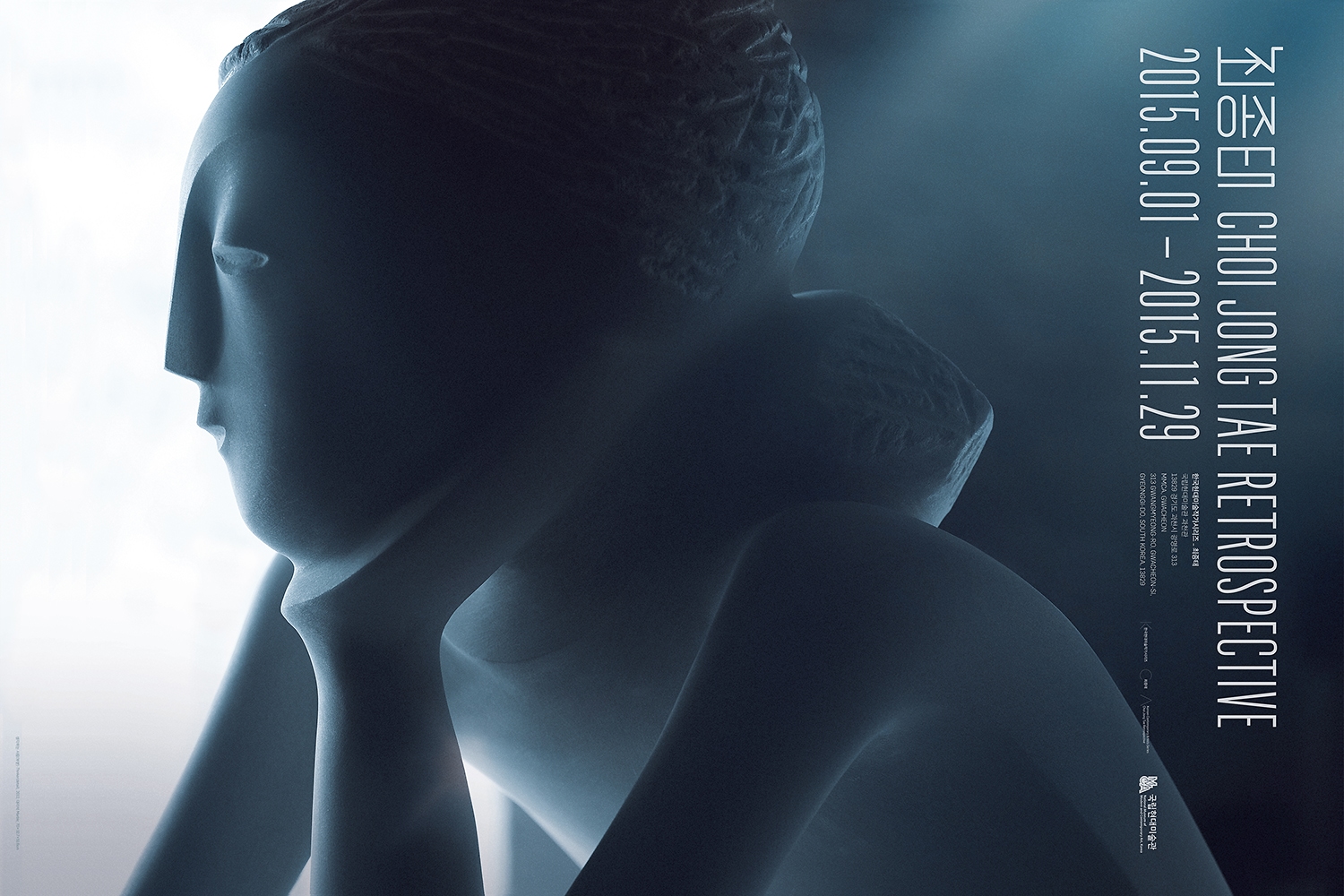

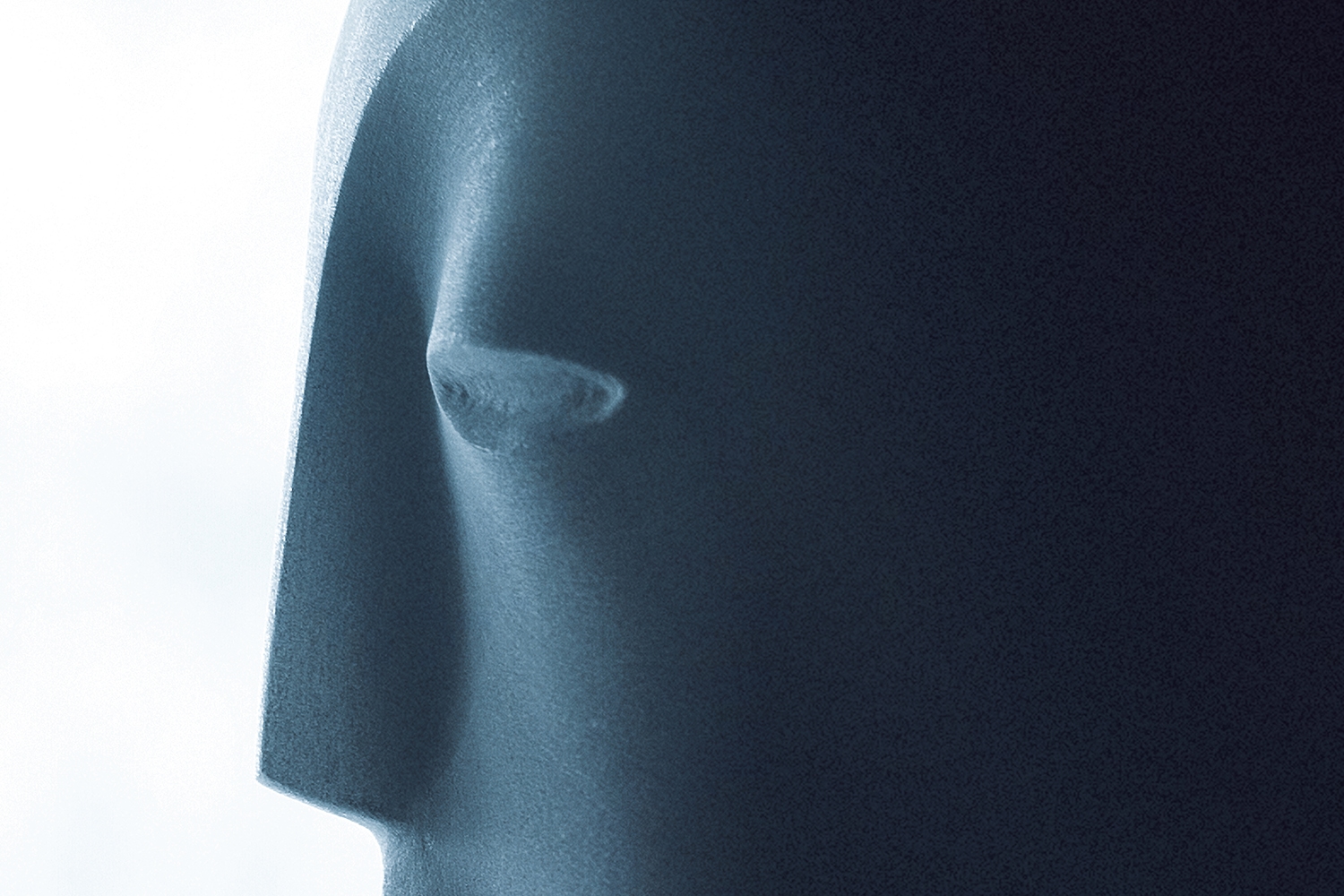
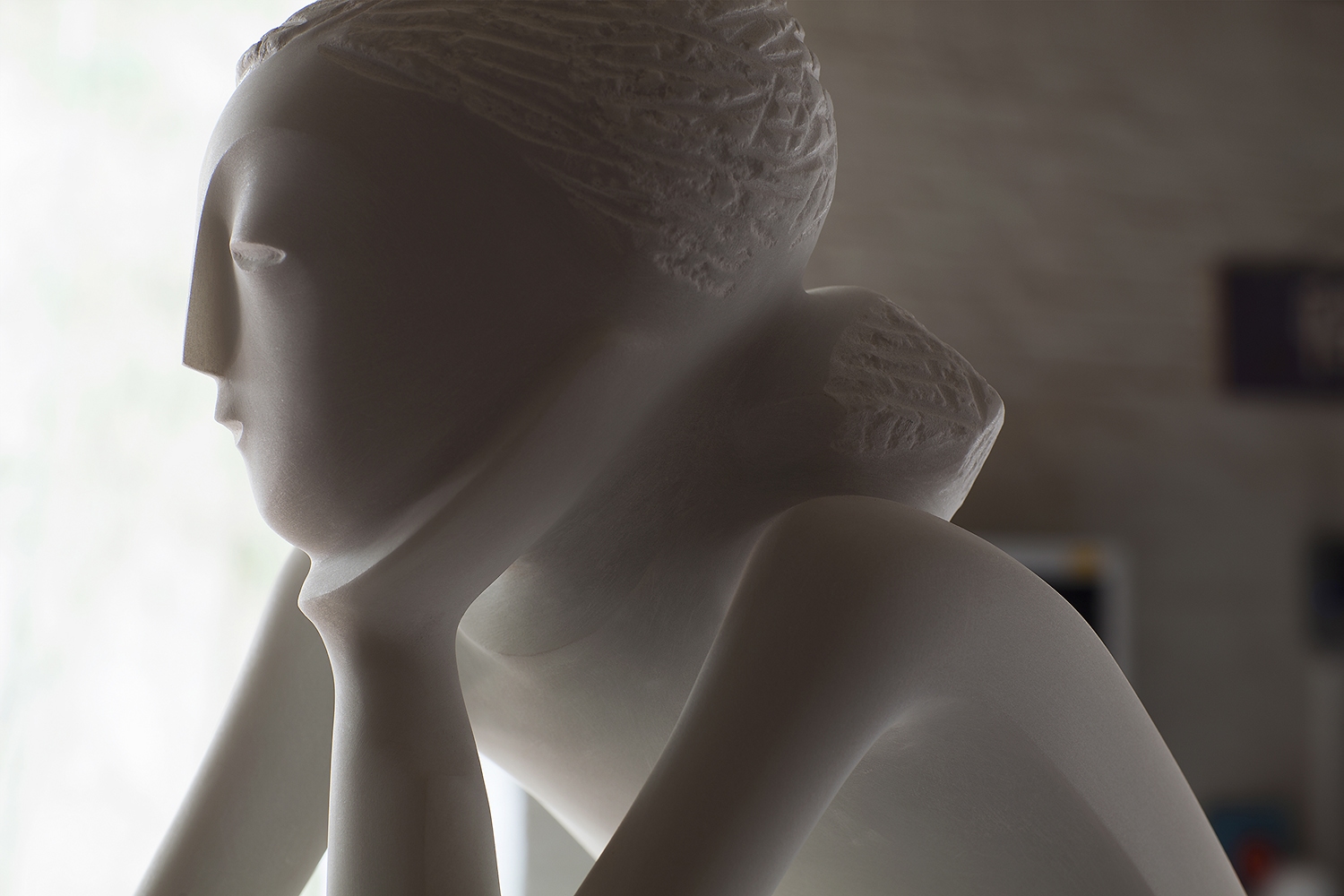
↑ original photo


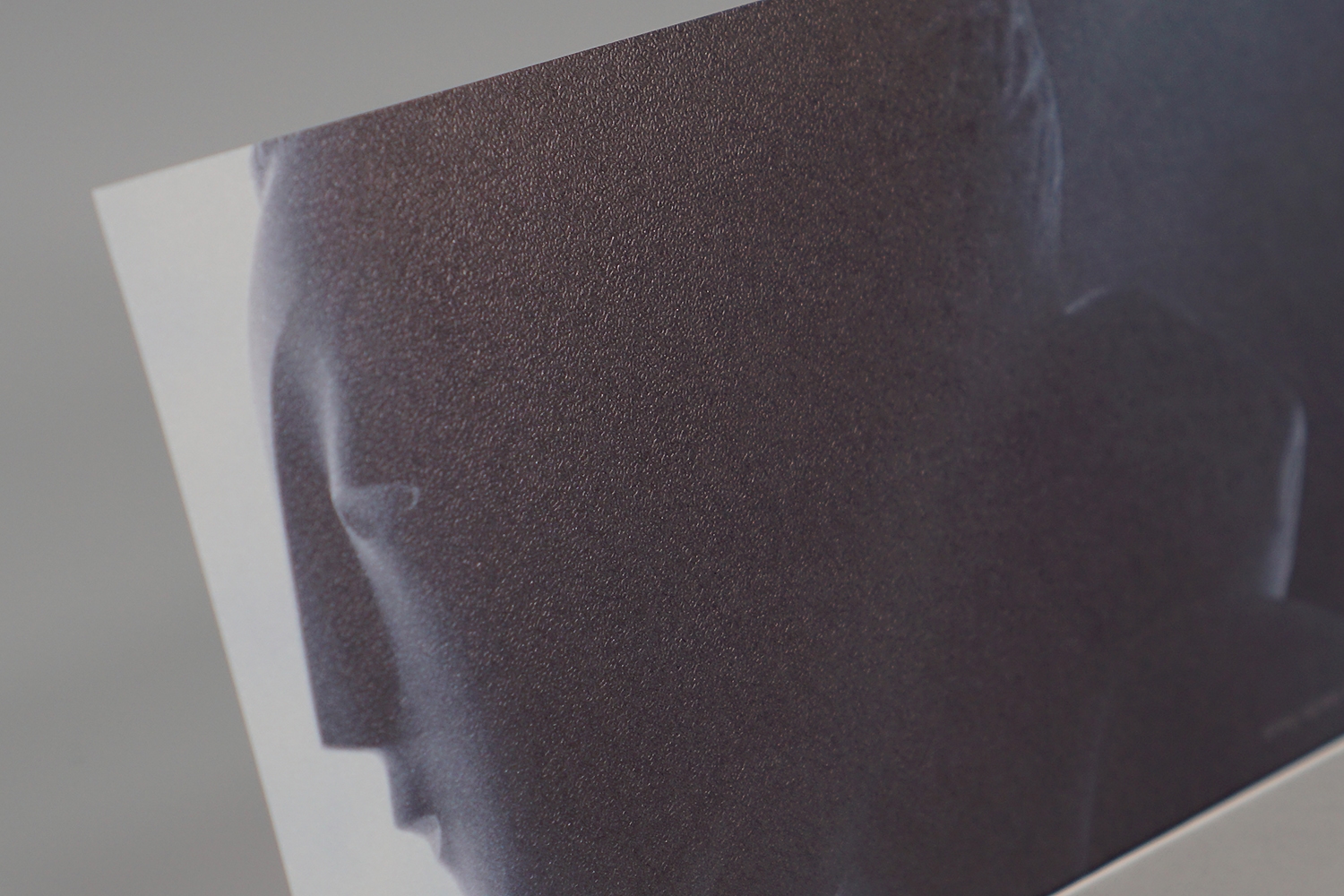

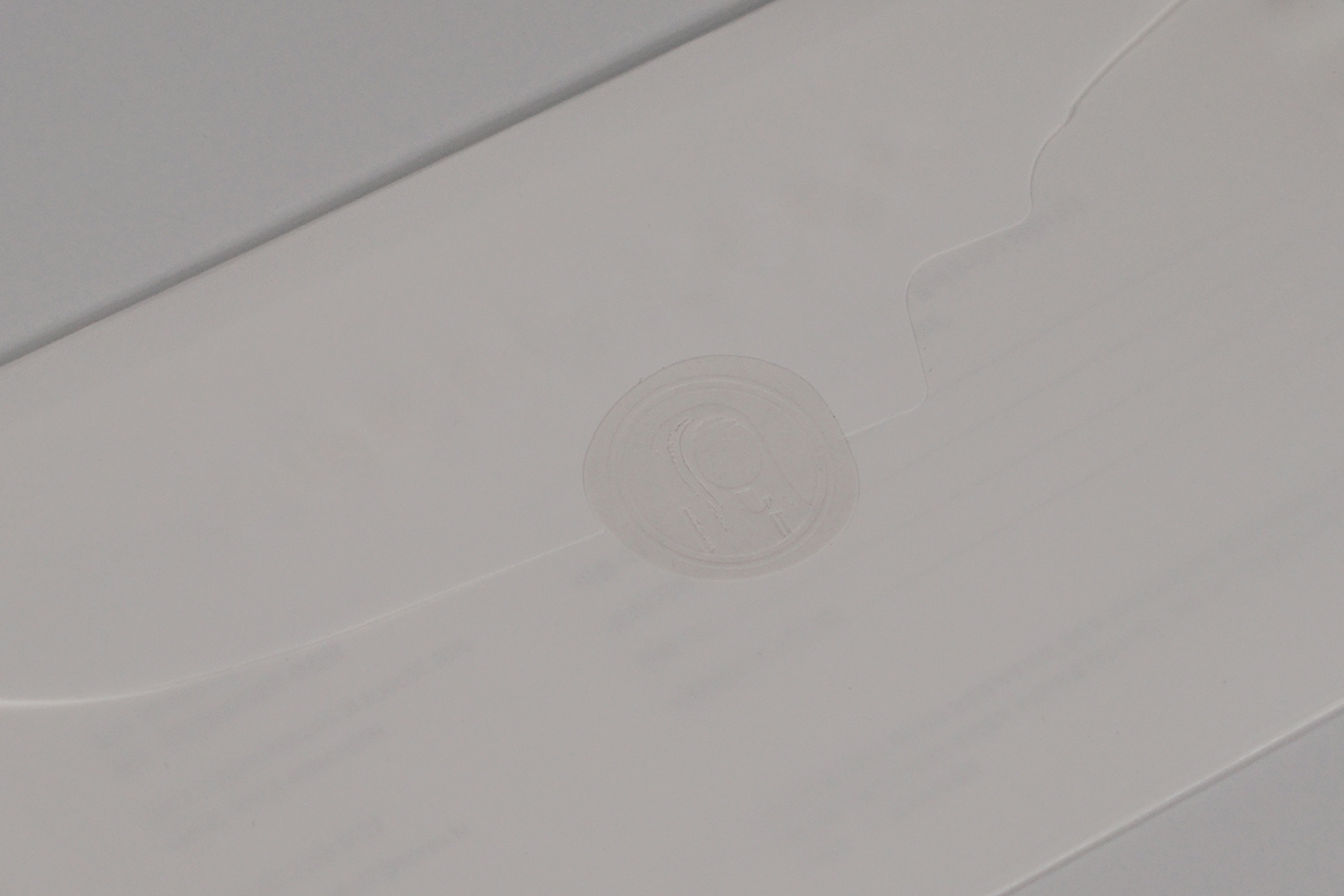
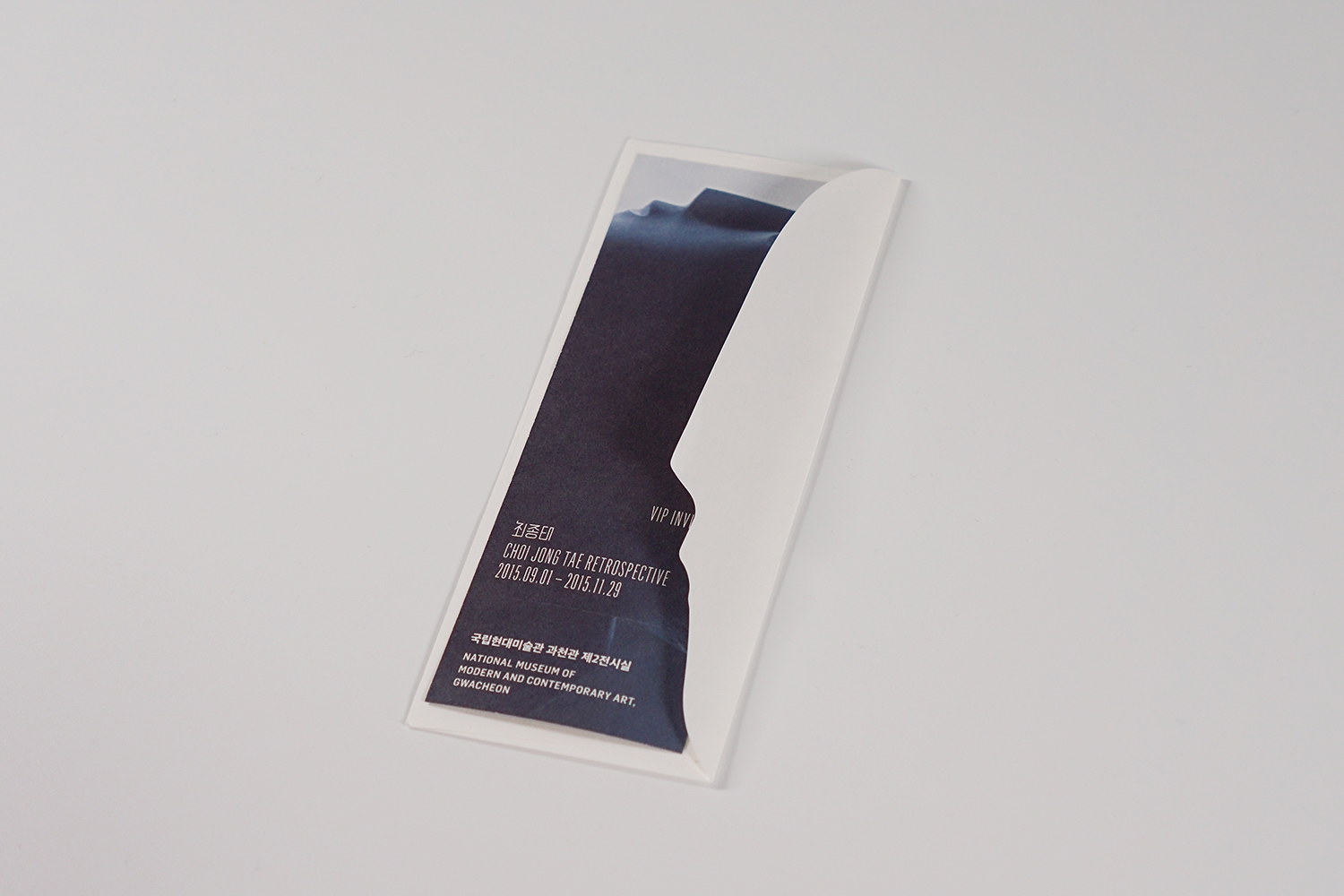

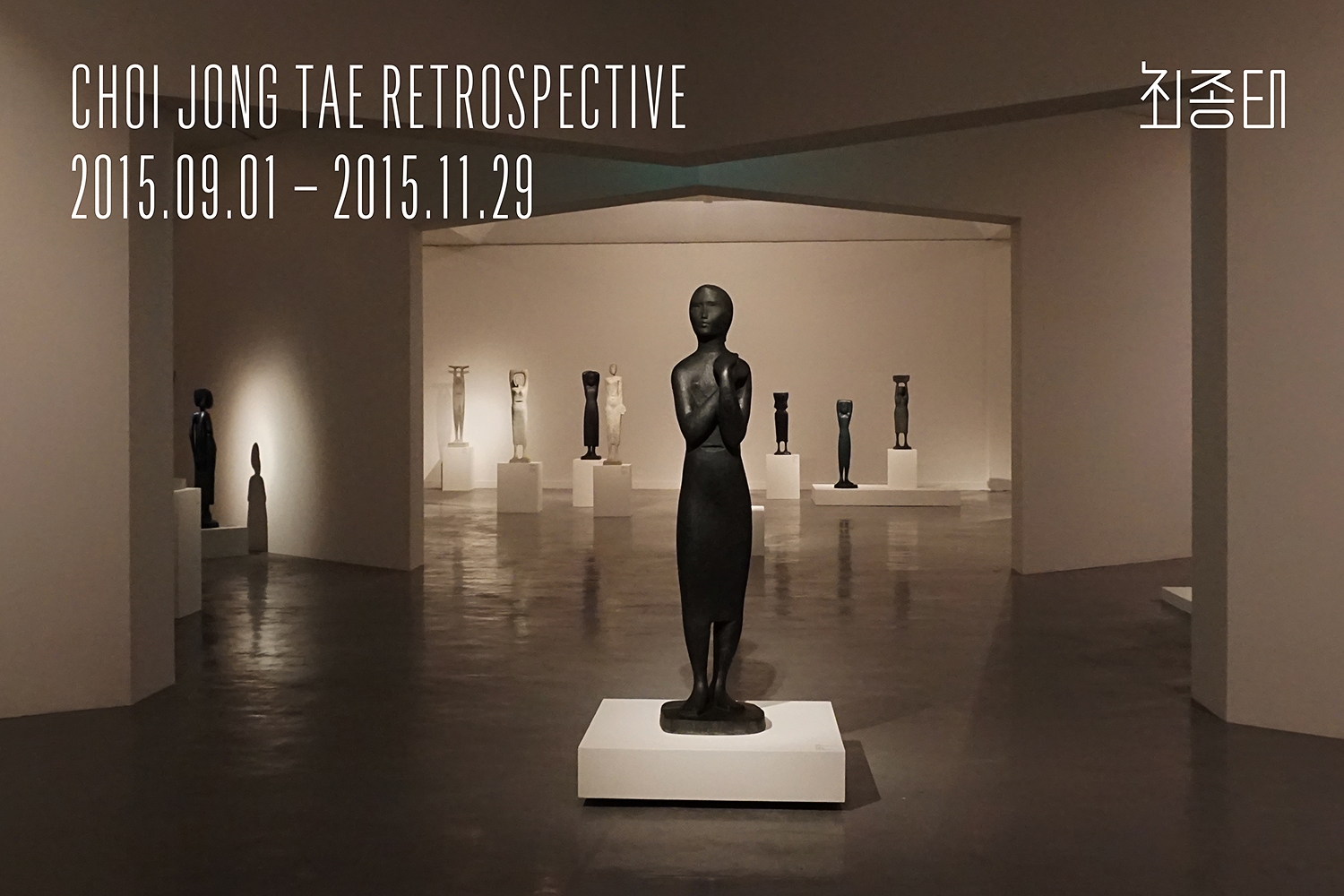
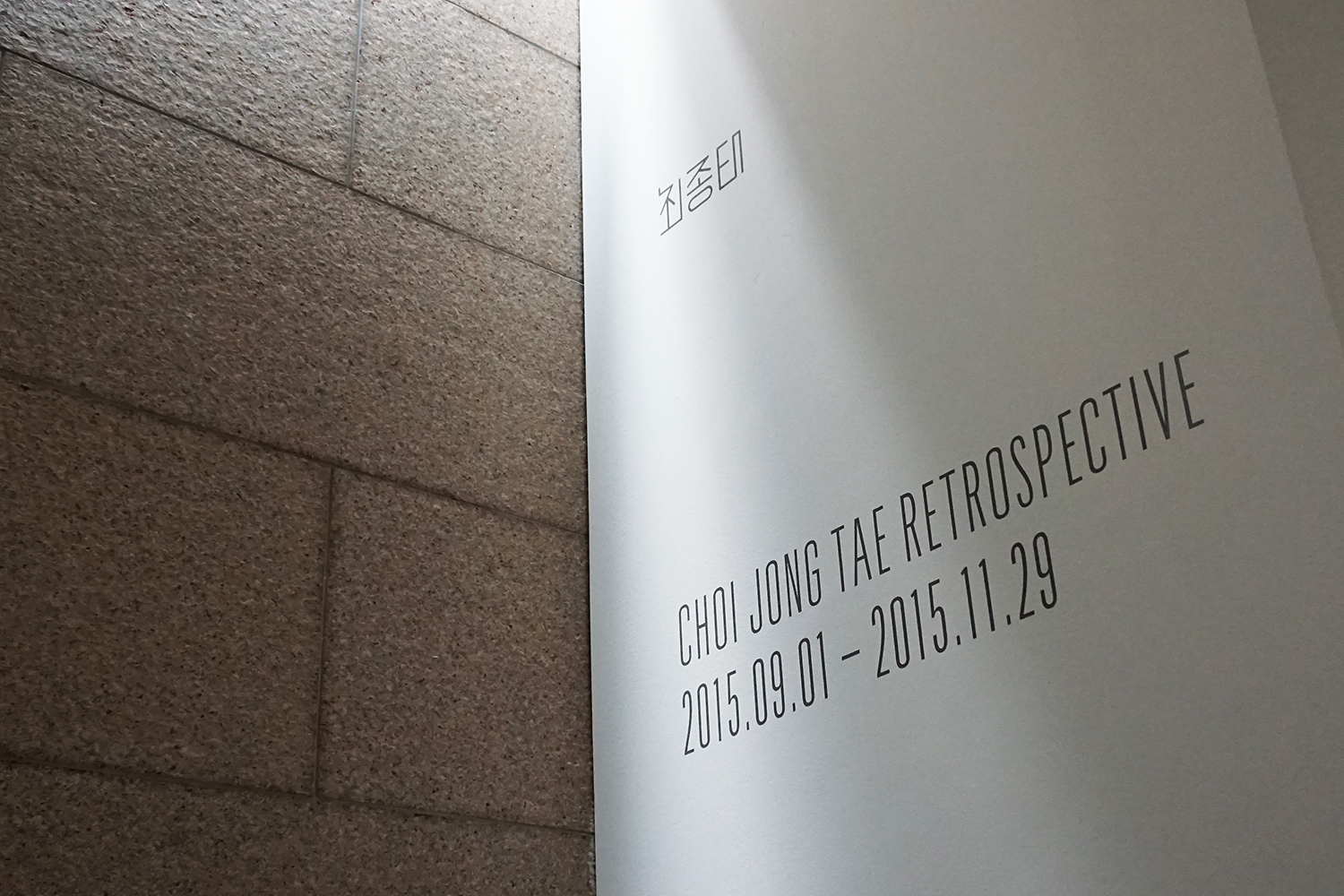
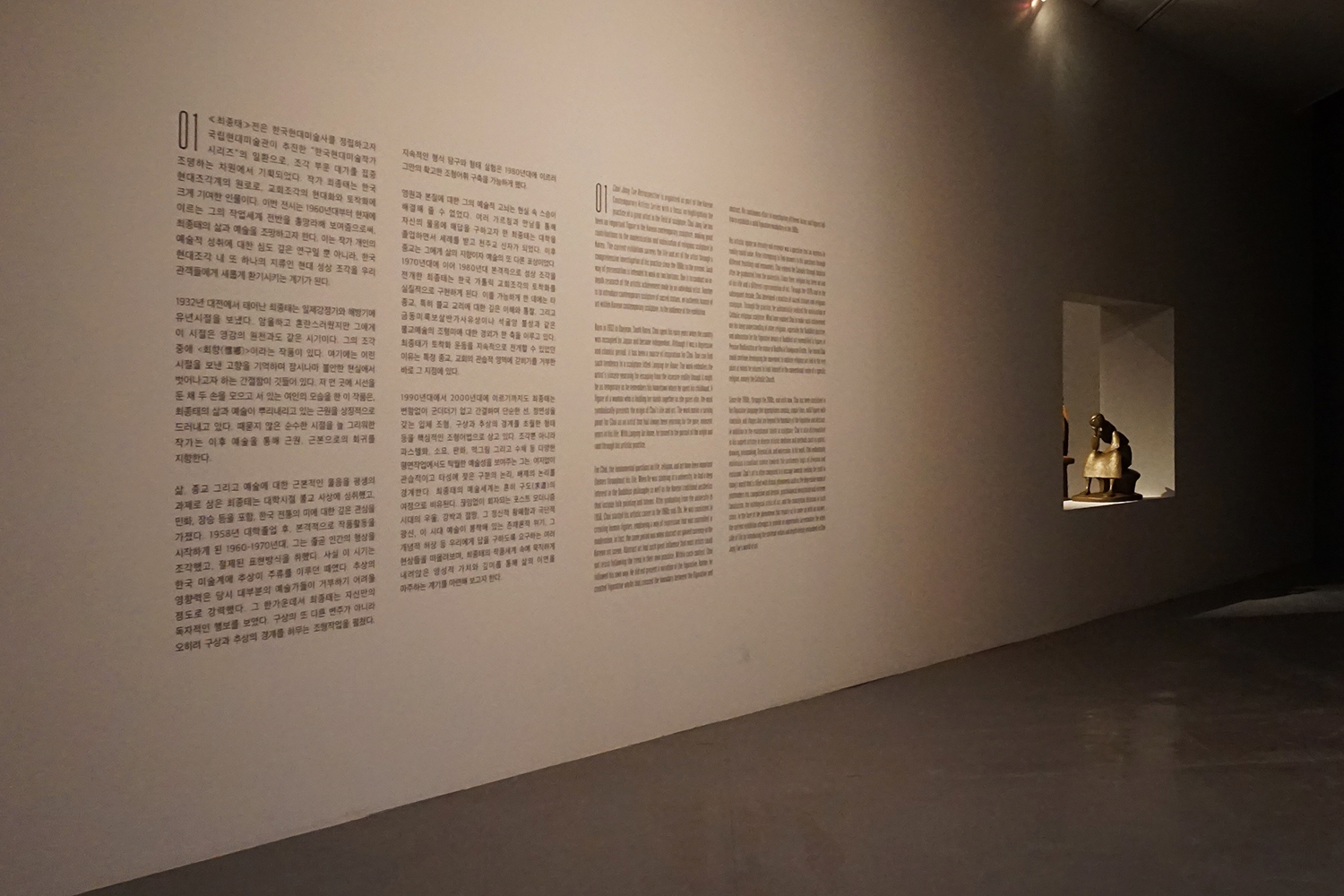
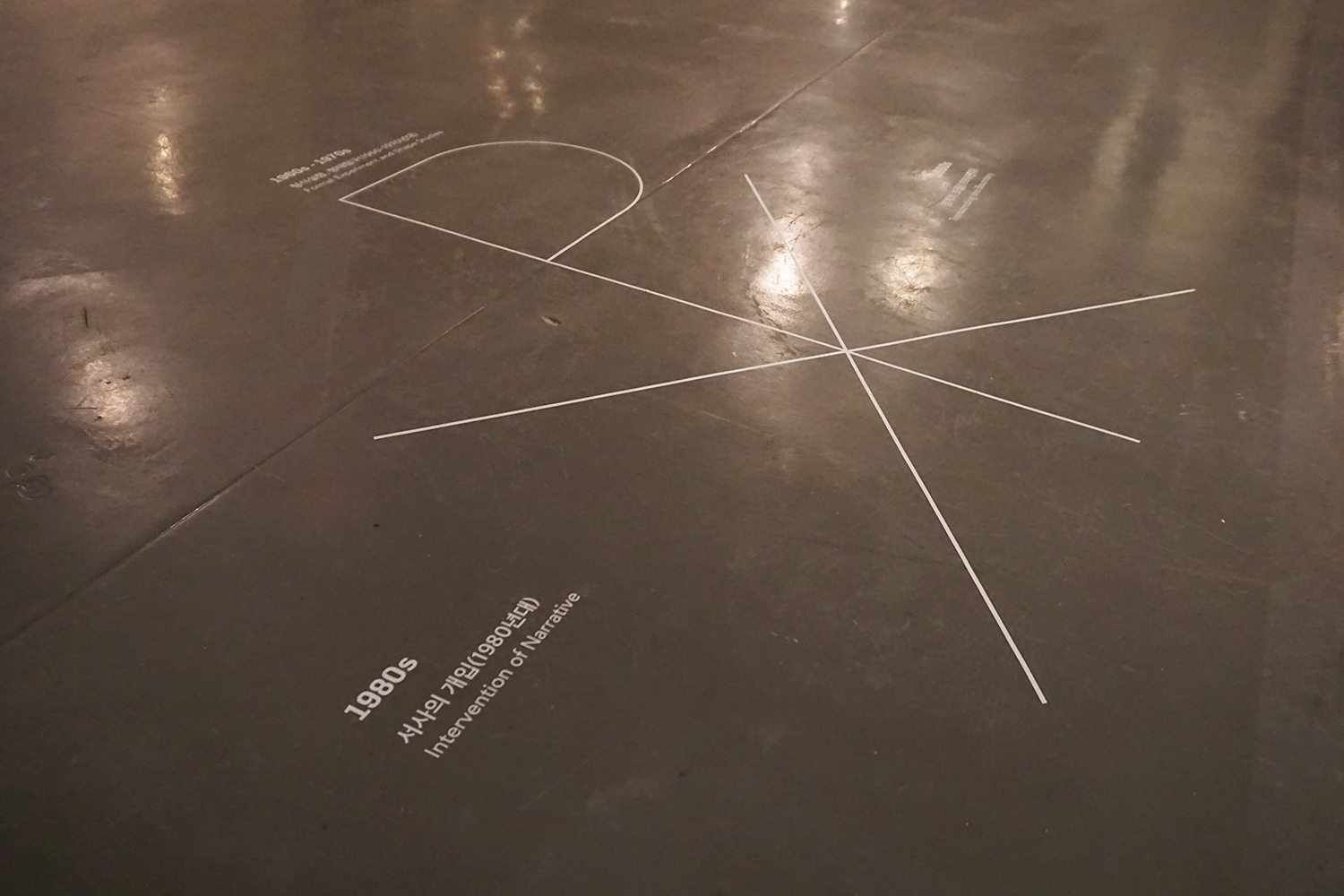
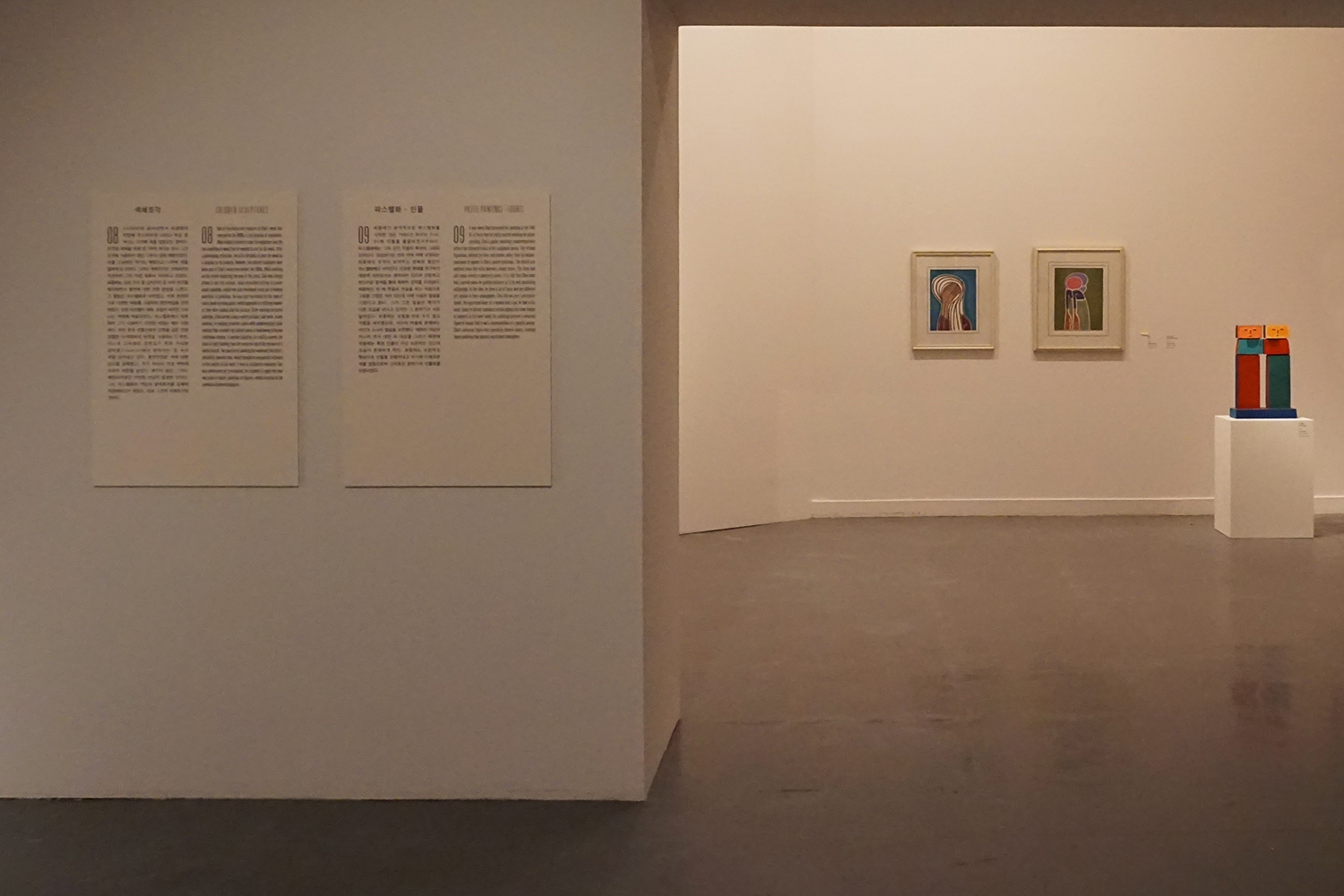
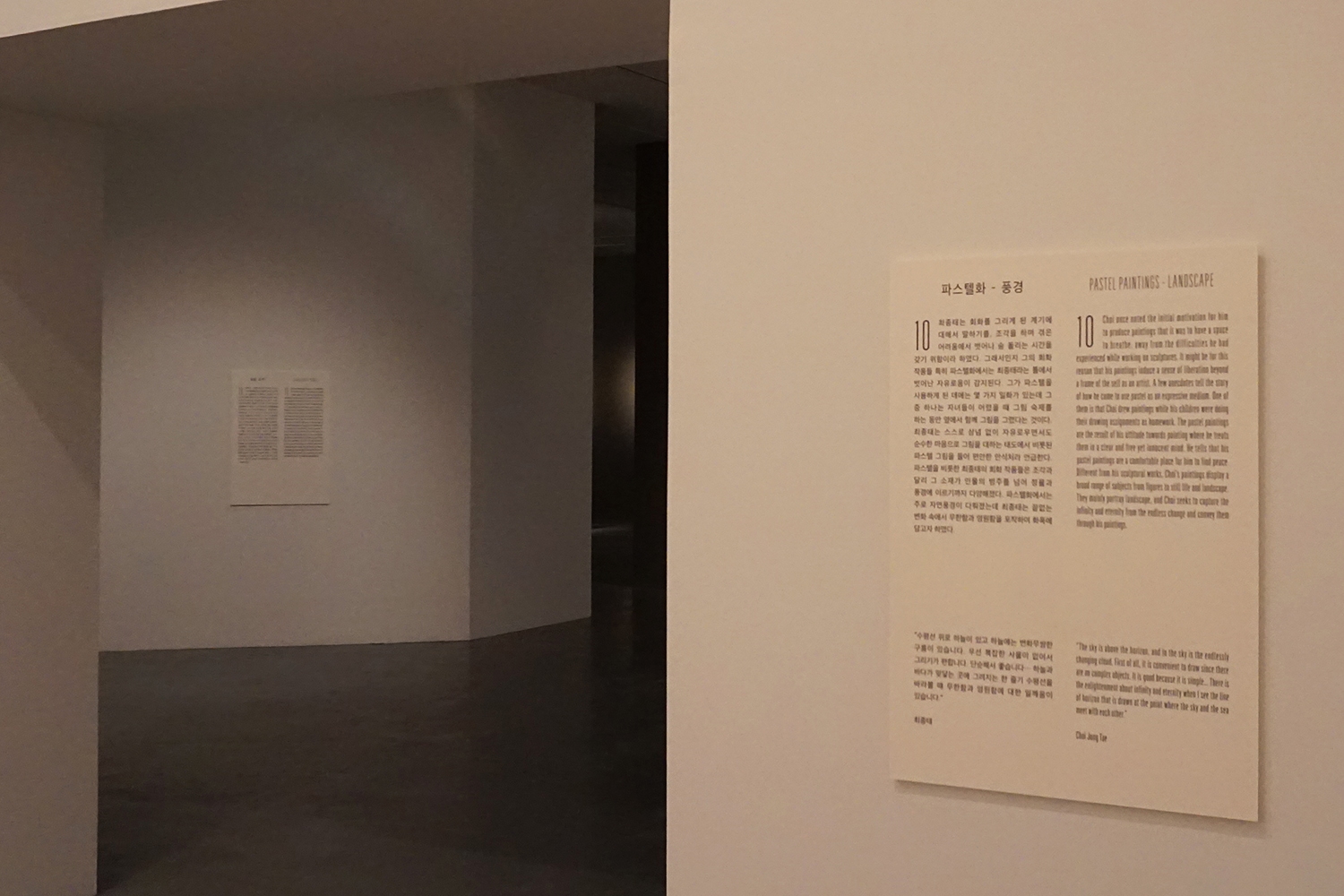
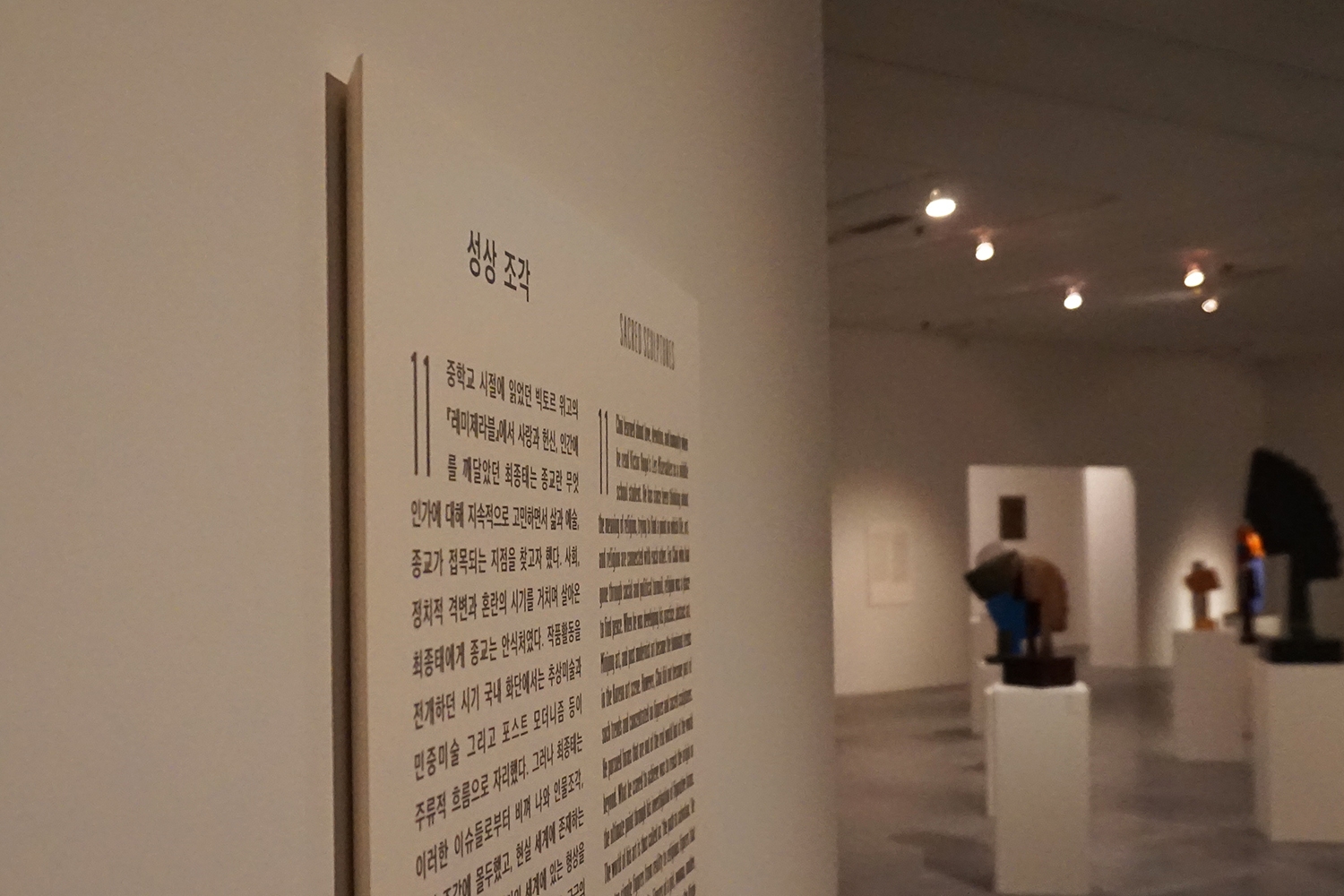
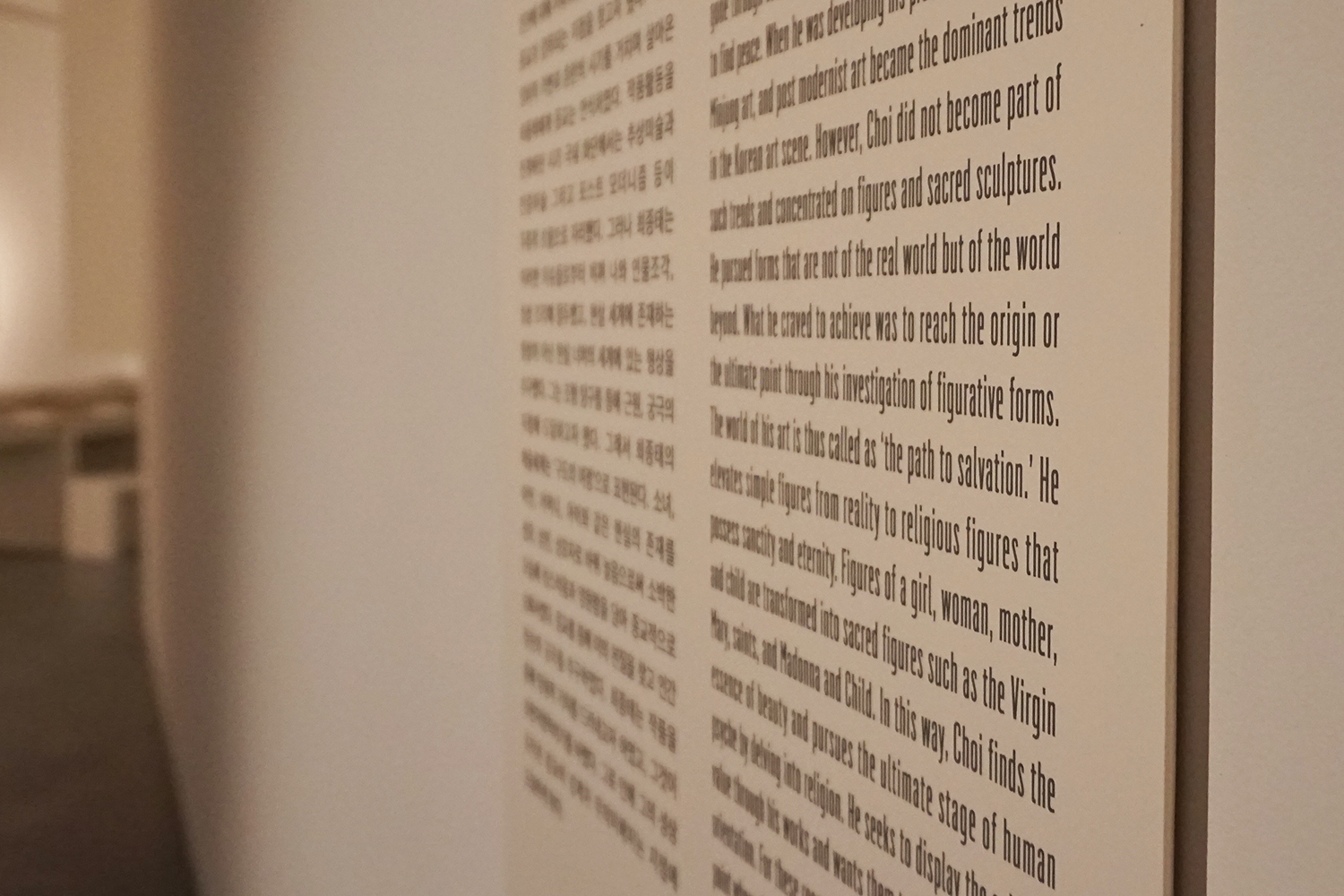
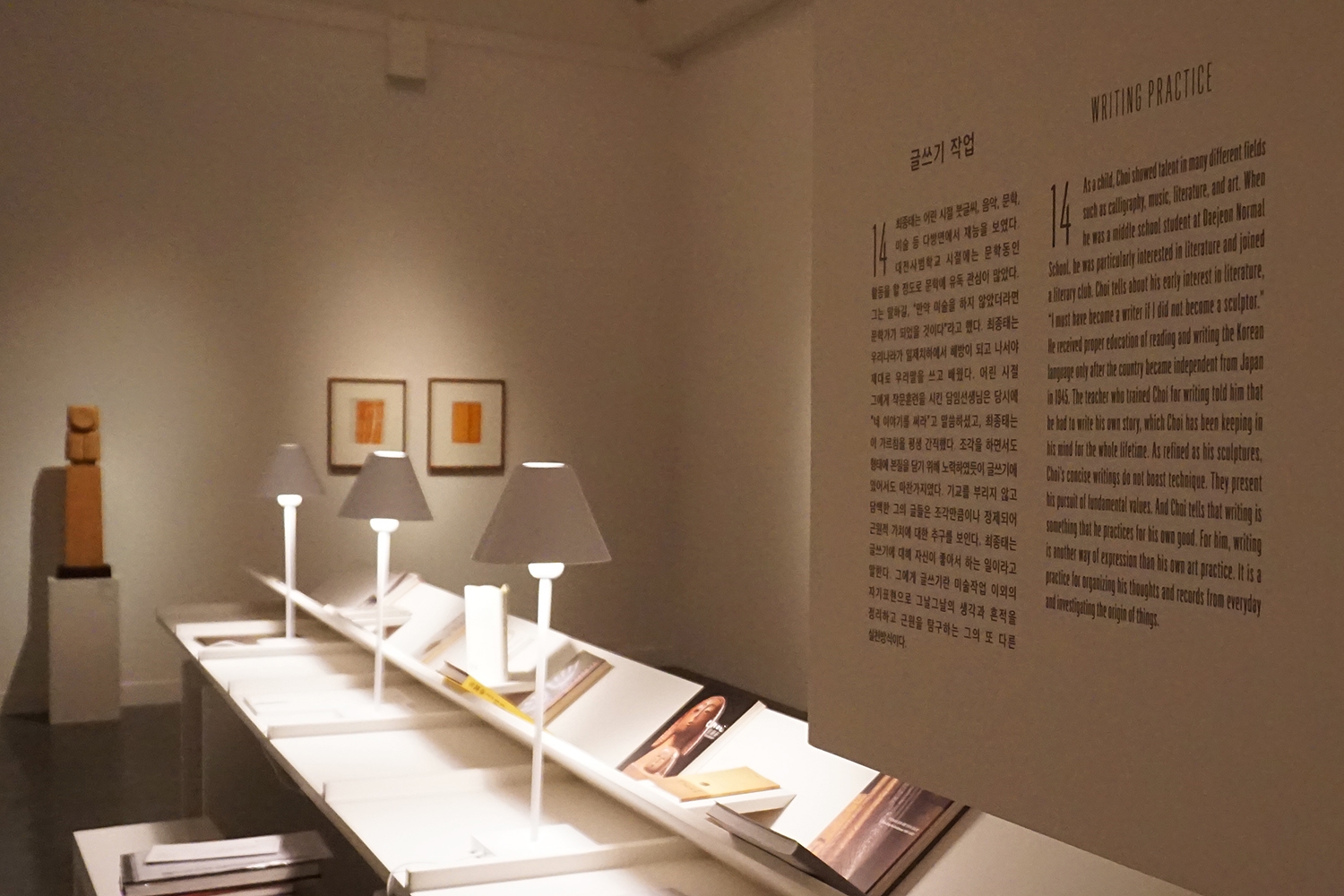
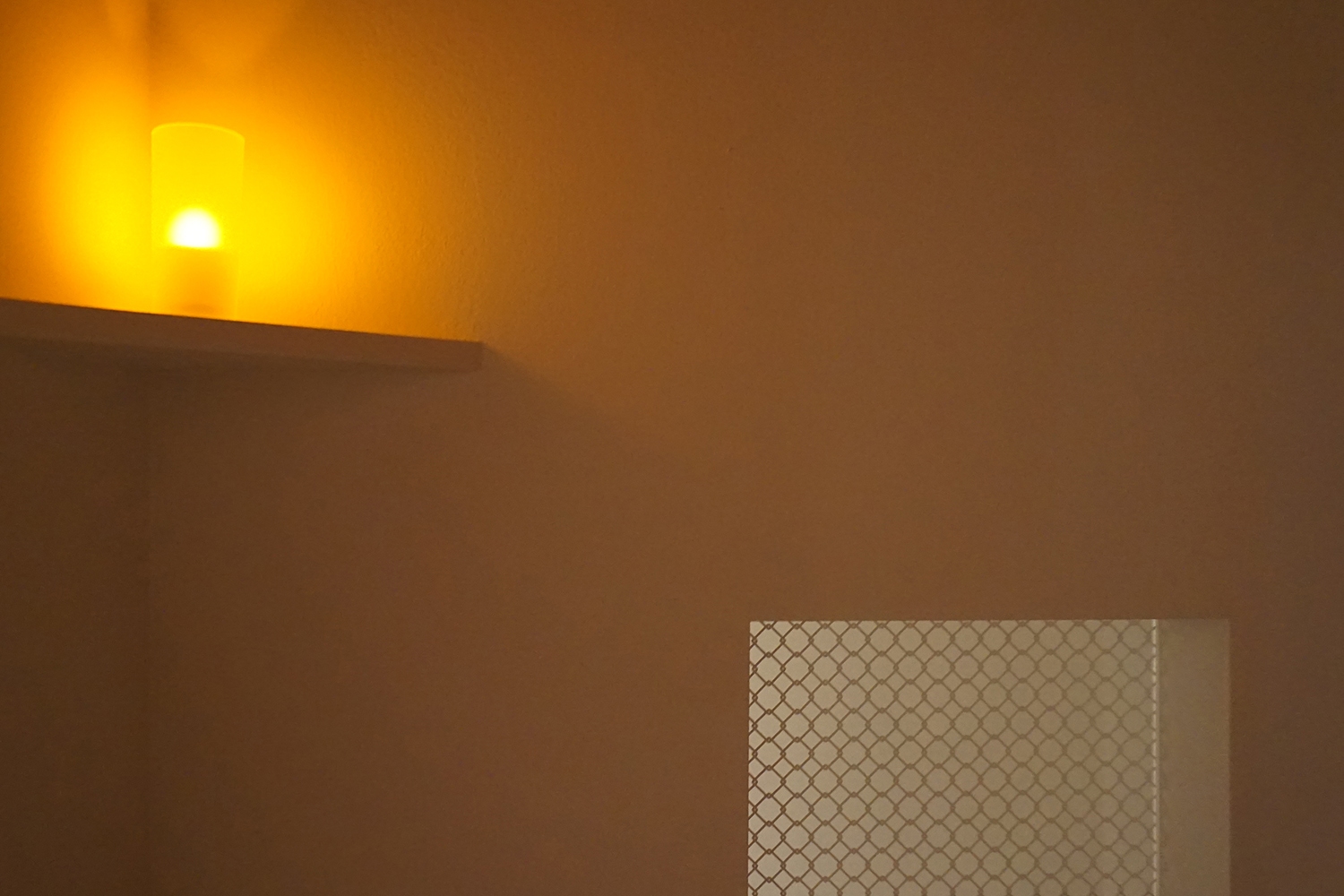
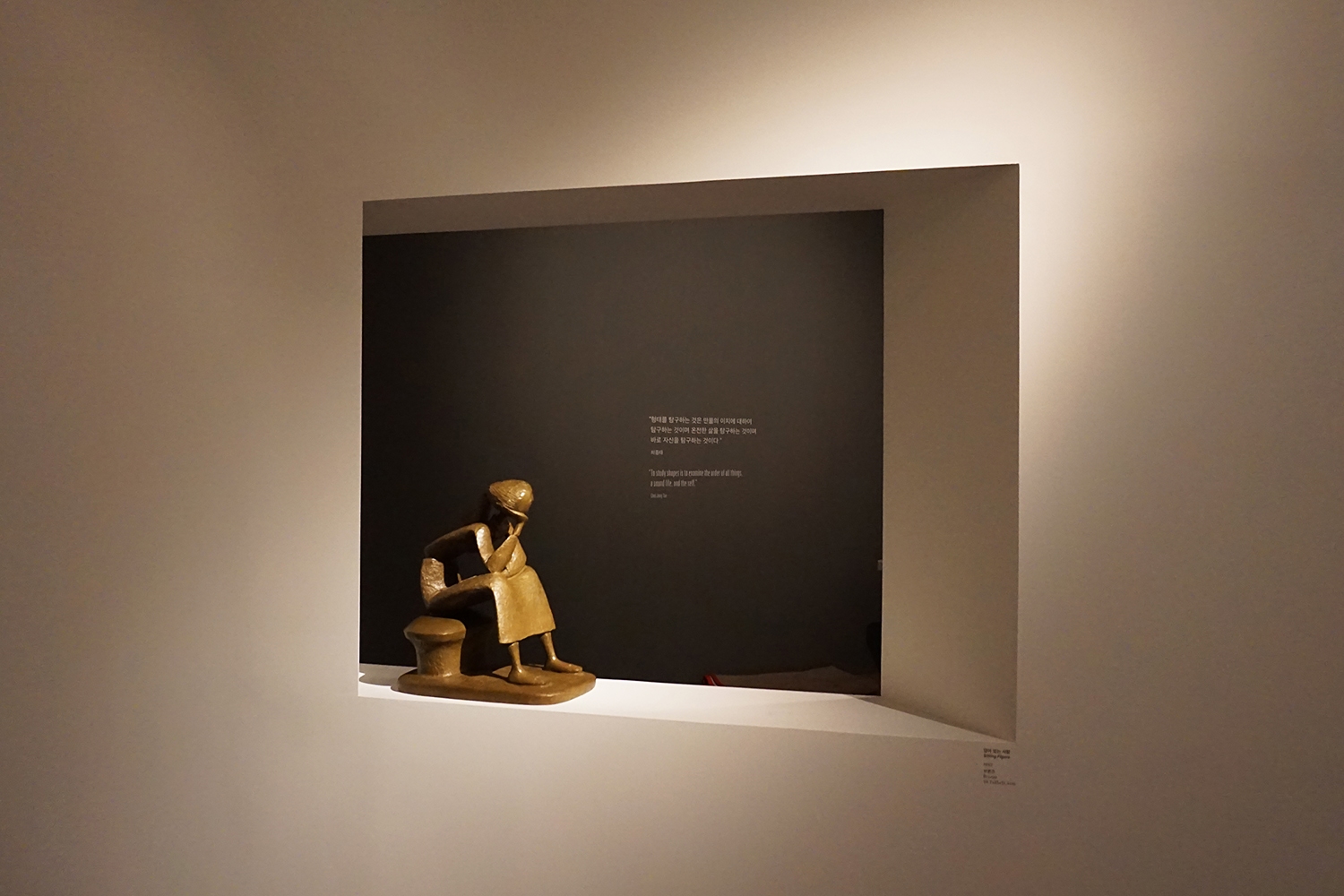
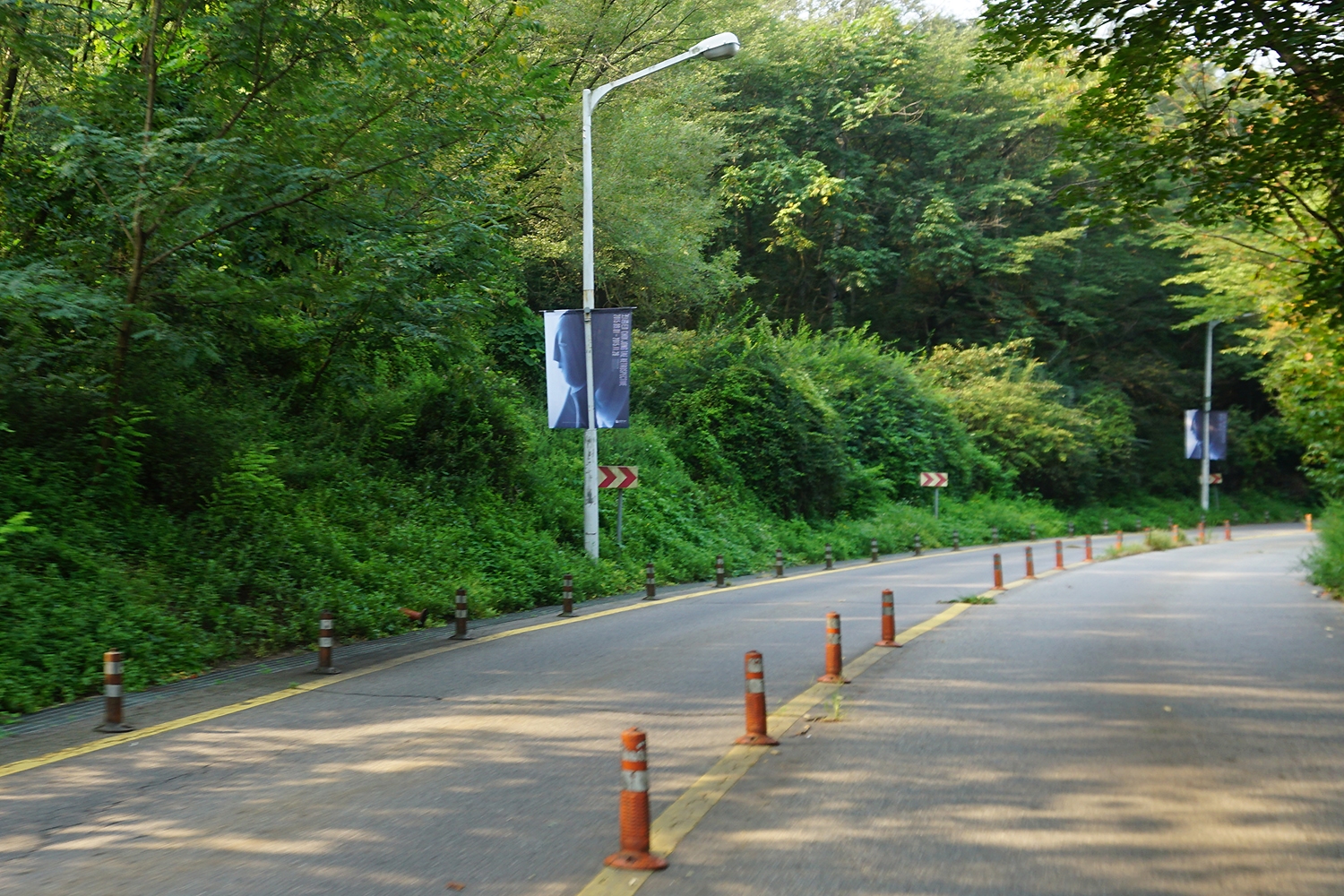
한국현대미술작가시리즈 : 최종태
Korean Contemporary Artists Series: Choi Jong Tae Retrospective
client: National Museum of Modern and Contemporary Art, Gwacheon
media: poster, invitation, ticket, wall graphic, label, banner, leaflet, digital information
year: 2015
curator: KIM Hyoungmi
exhibition space design: KIM Yongju
exhibition visual identity and graphic design: hongbaksa
Choi Jong Tae Retrospective is organized as part of the Korean Contemporary Artists Series with a focus on highlighting the practice of a great artist in the field of sculpture. Choi Jong Tae has been an important figure in the Korean contemporary sculpture, making great contributions to the modernization and nativization of religious sculpture in Korea. The current exhibition surveys the life and art of the artist through a comprehensive investigation of his practice since the 1960s to the present. Such way of presentation is intended to work on two horizons. One is to conduct an in-depth research of the artistic achievement made by an individual artist. Another is to introduce contemporary sculpture of sacred statues, an authentic branch of art within Korean contemporary sculpture, to the audience of the exhibition. His artistic agony on eternity and essence was a question that no mentors in reality could solve. After attempting to find answers to his questions through different teachings and encounters, Choi entered the Catholic through baptism after he graduated from the university. Since then, religion has been an aim of his life and a different representation of art. Through the 1970s and in the subsequent decade, Choi developed a practice of sacred statues and religious sculpture. Through the practice, he substantially realized the nativization of Catholic religious sculpture. What have enabled Choi to make such achievement are his deep understanding of other religions, especially the Buddhist doctrine, and admiration for the figurative beauty of Buddhist art exemplified in figures of Pensive Bodhisattva or the statue of Buddha in Seokguram Grotto. The reason Choi could continue developing the movement to nativize religious art lied in the very point at which he refused to limit himself in the conventional realm of a specific religion, namely the Catholic Church.
© 2003– hongbaksa. All rights reserved.